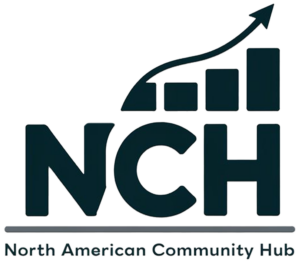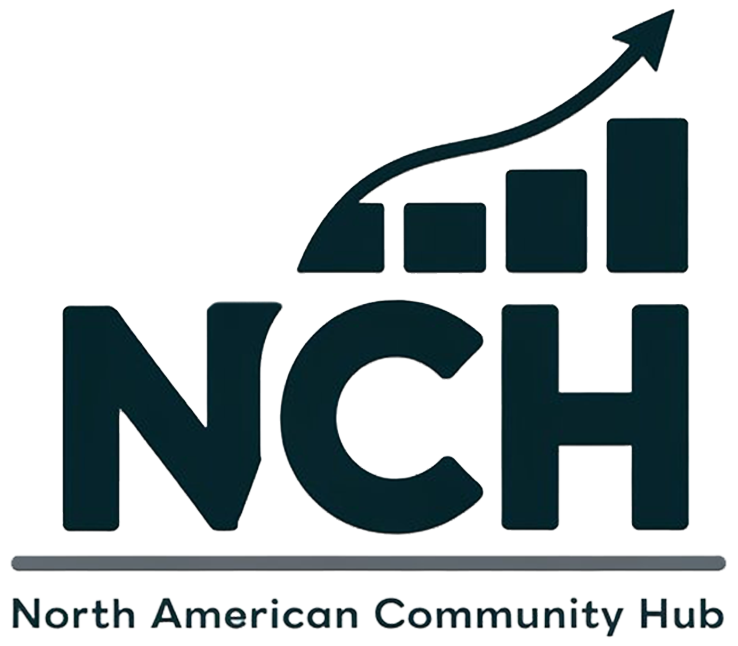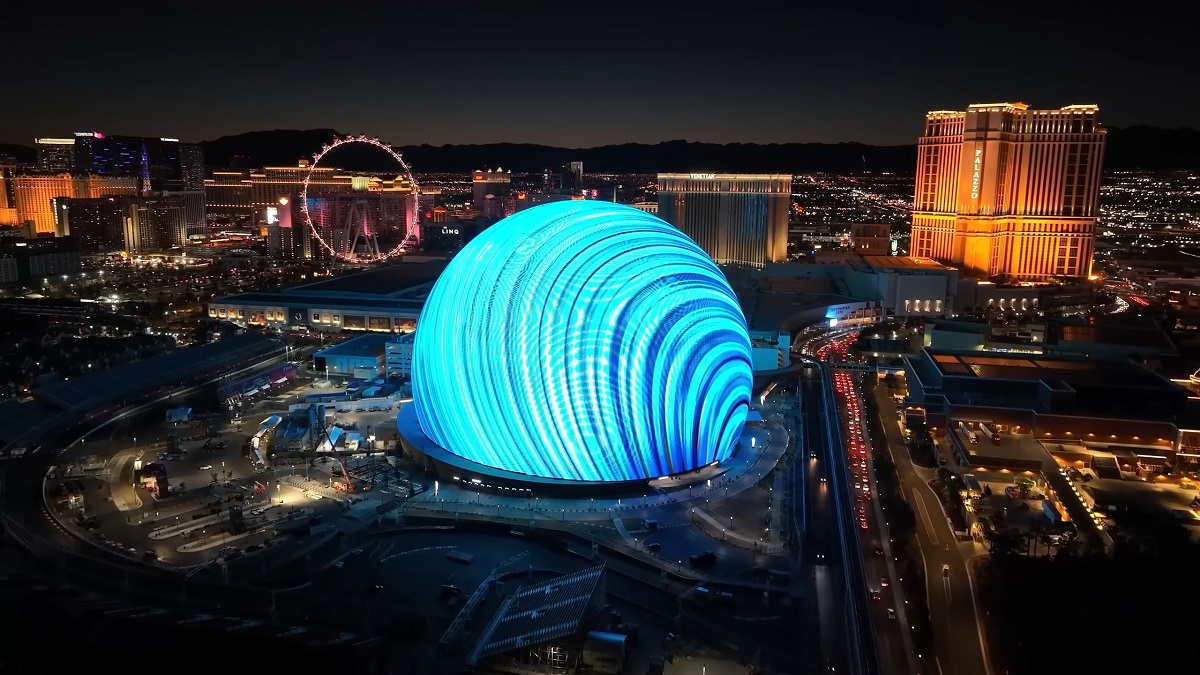Las Vegas rarely slows down, yet something feels off this year. Flights are less full, hotel lobbies are calmer, and the lines at restaurants move faster than usual. By September, around 30 million people had visited the city, an 8% drop from last year. In most places, that number might sound ordinary. In Las Vegas? A shift like that turns heads.
Ask anyone who works along the Strip and you will hear it in their voice. Dealers, bartenders, and drivers all talk about the same thing. The energy that once filled every corner has faded a little.
What the Numbers Really Tell Us
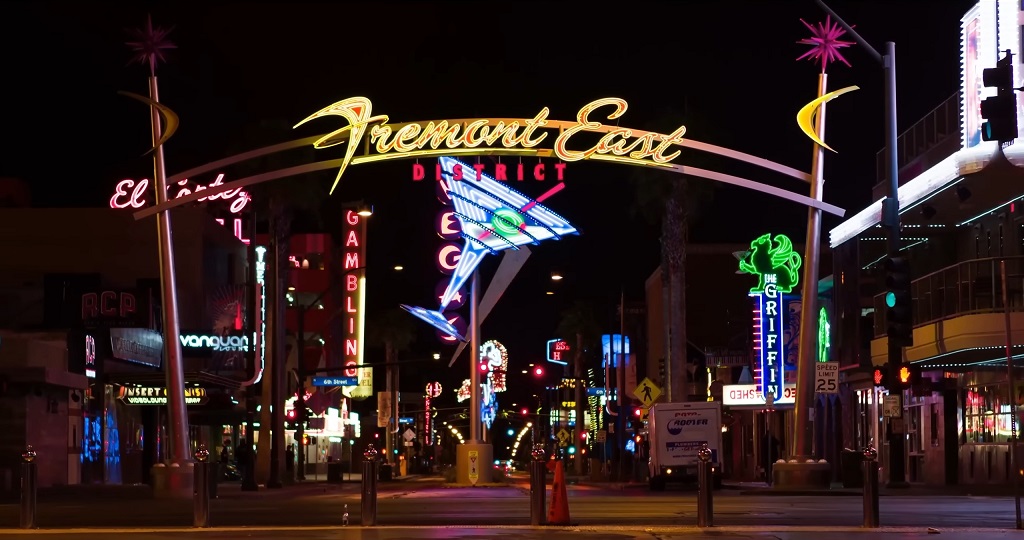
A recent report by NPR shows that Las Vegas has seen six straight months of fewer visitors. June alone brought almost 400,000 fewer people to the city compared to the same month last year.
The Las Vegas Convention and Visitors Authority called it a sign of “persistent uncertainty” and “weaker consumer confidence.” It’s a story that stretches beyond one city. Andrew Woods from the University of Nevada, Las Vegas, told NPR that the city’s visitor numbers often reflect the wider U.S. economy.
When Vegas slows, it can be an early hint that Americans everywhere are pulling back a little. Yet, the drop does not mean the city has gone quiet. More than 3,000,000 people still came in June, and casino revenue climbed slightly. So, smaller crowds do not always mean smaller profits.
What Fuels the Slowdown
Several factors are driving the decline, and they all tie back to money, borders, and shifting travel habits:
- Tariffs and politics: Visitors from Canada have pulled back after new trade measures and tense headlines at the border.
- Costs rising everywhere: Hotels, restaurants, and airfare now add up faster, which shortens stays and shrinks budgets.
- Travelers getting cautious: Many people still travel, but they plan shorter trips and spend less when they arrive.
- International slowdowns: Long visa waits and stricter checks make U.S. trips harder for many overseas tourists.
The Pull of the Tables Never Fades
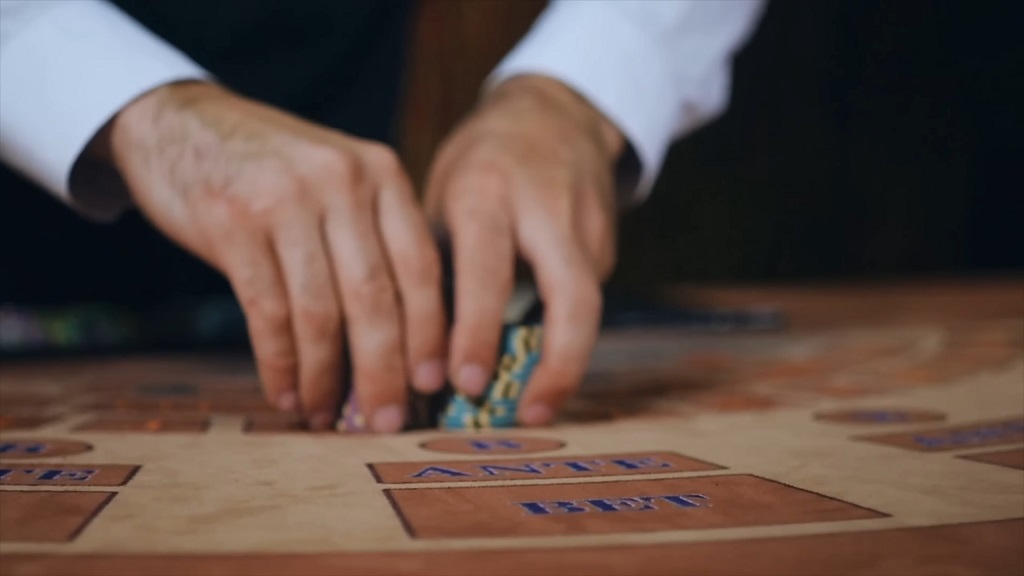
Tourism might be down, but poker tables still stay busy. People still sit, play, and chase the same rush they always have. The game remains one of the few things in Las Vegas that never really slows.
If you plan to join a table, it helps to know what you are stepping into. A quick look at what is the worst hand gives a clear idea of how the odds work and why some cards are better left folded. It might sound like a small thing, but it decides how the game goes for you. The players who know it do not waste chips on hopeless hands.
Even in a slower season, poker keeps the city moving. It connects tourists, locals, and regulars who all sit down for the same reason. They want a fair shot at a win.
The Same Slowdown Is Showing Up Everywhere
Anyone paying attention can see the pattern. It starts on the Strip but stretches into other corners of the state. Reno, Virginia City, and smaller towns all say the rush of visitors has eased since early spring.
The Reno Gazette Journal reported that Las Vegas visitor counts fell between 7% and 12% during the first half of the year. Flights through Harry Reid International Airport are also down, and hotel rooms have been easier to find. Reno had its busiest August in twenty years for airport traffic, but even there, visitor numbers have leveled off.
Locals describe what is happening as a cooling, not a crash. The post-pandemic surge has faded. Spending feels tighter, and trips are shorter. Analysts say the economy is finding a new balance, and Nevada’s tourism is adjusting with it.
What Locals Think Is Causing It
People mention the same few reasons. Prices are up, travel rules are tougher, and everyone seems a bit more cautious about spending.
Reports from U.S. News and World Report link much of it to trade and border policies. Canada and Mexico once sent steady waves of tourists, but those numbers are now down sharply. Air Canada and WestJet have both recorded fewer passengers flying into Las Vegas, and some Canadians have even sold their Nevada properties due to concerns over new tax policies.
Betting from the Couch Instead of the Strip
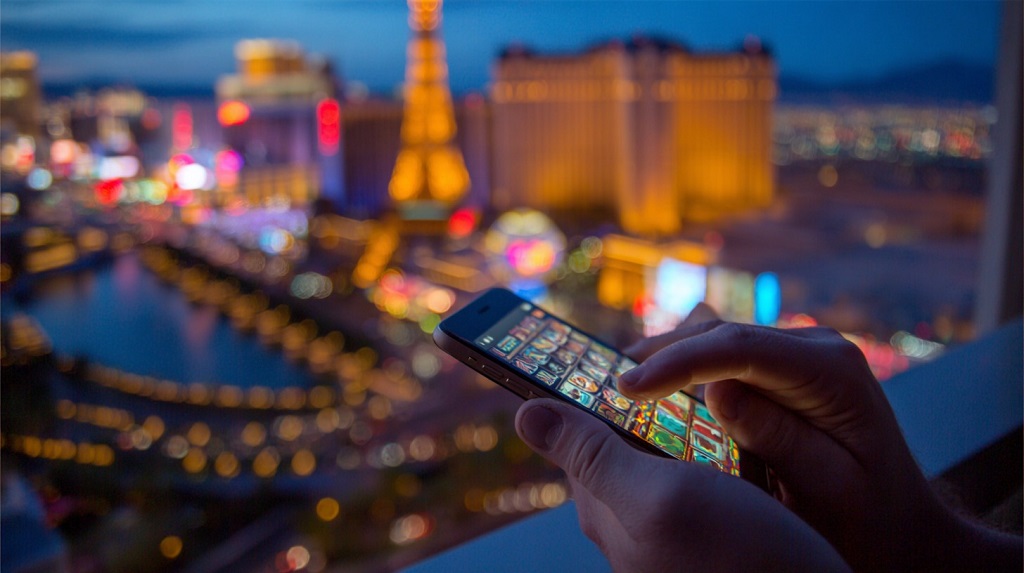
Has online gambling made the trip less necessary for some players? It is not an easy thing to measure, but early signs suggest it plays a part.
Casino analysts say that more visitors now choose to stay home and use digital platforms instead of booking a weekend trip. Industry reports from the American Gaming Association show that online wagering – especially through mobile sports apps – continues to grow across the United States. Research also points out that younger players prefer gambling on their phones, which changes how traditional casino trips fit into their plans.
Still, not everyone views it as a threat. Casino owners point out that online platforms can also keep players connected to brands in Nevada. When people spend time on official casino apps, it keeps Vegas in their mind and often leads them to visit later for live games or major tournaments.
Three key factors explain how the online shift ties into the visitor drop:
- Convenience: People can bet at home without planning travel or booking rooms.
- Cost: Inflation makes real trips harder to justify when digital gambling costs almost nothing to start.
- Demographics: Younger adults prefer digital experiences and visit fewer physical casinos.
For now, experts say online gambling complements rather than replaces in-person trips. Yet as technology improves and more states legalize it, the line between virtual tables and real ones may keep moving.
Final Thoughts
Las Vegas has its ups and downs, but it always finds its rhythm again. A few quiet months do not erase its pull.
The lights, the noise, the pulse of a city built on luck still draw people in. Maybe fewer visitors come today, but the story never ends there. Vegas waits, patient as ever, ready for the next crowd to take its seat.
